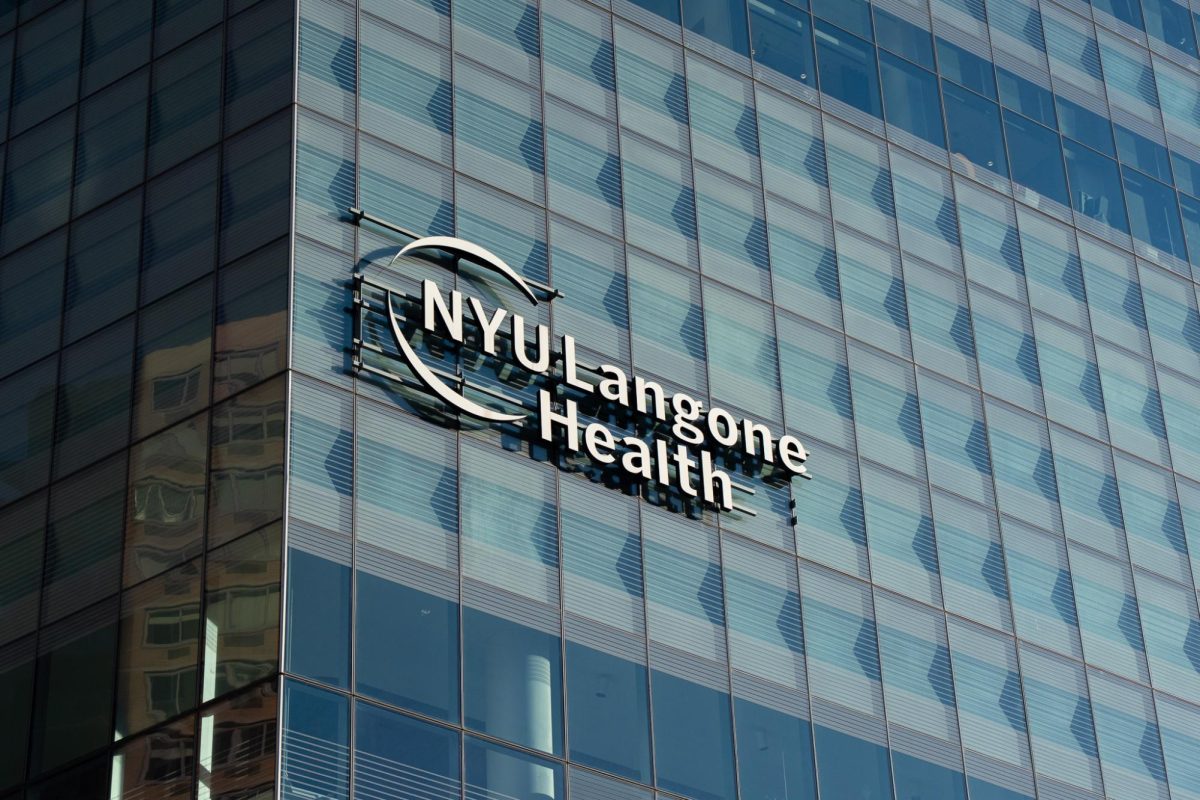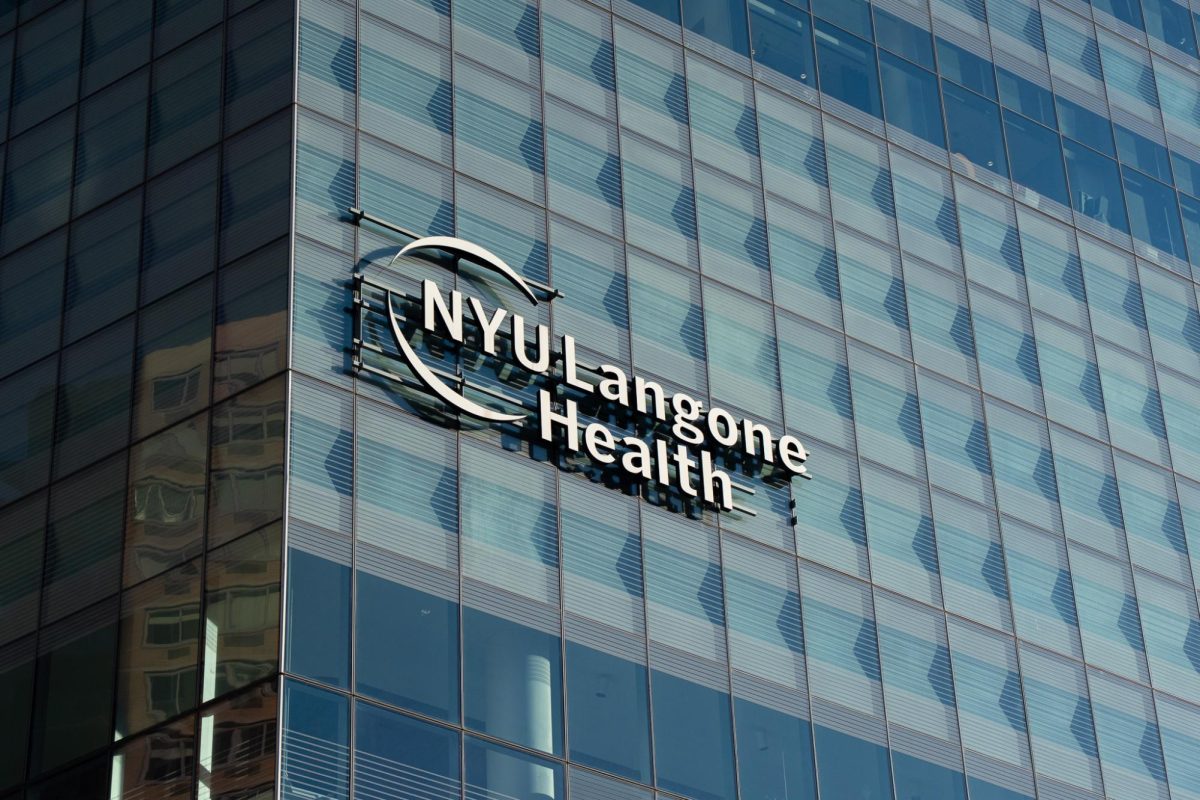Imagine this: you’re stranded in Midtown and you’re starting to feel the chai latte you chugged an hour earlier. Or maybe you and your family are trying to hit up all the NYC hotspots, and suddenly your little sister needs to go to the bathroom. Or maybe you’re somewhere uptown and the frat house has already kicked everybody out. Regardless of the situation, you’re somewhere where your NYU ID can’t be your saving grace.
Where can you go to the bathroom?
You probably can’t. Unless you purchase something — an overwhelming amount of available restrooms are for customers only — a private bathroom is completely inaccessible. Restroom accessibility has had a long and tortured history in New York City. In the 1930s, NYC dramatically expanded its public restroom infrastructure, and everything has been done since to curb this public good. Pay-toilets were outlawed in 1975 on the belief that they were discriminatory against women. The problem quickly became so rampant that in 1990, a group of homeless people sued NYC for access to public restrooms.
Clearly, we don’t want people to relieve themselves on the streets — in 2015, the NYPD issued 17,744 summonses for public urination. Yet, NYC has only 1,103 public restrooms for its 8.5 million residents, and nearly 63 million tourists a year. Only two of these facilities are open 24/7, making going to the bathroom late at night a near impossibility.
This lack of public restrooms is as representative of NYC as the Empire State Building, and our recent mayors have tried — and failed — to tackle this issue. Mayor David Dinkins, who promised 100 public toilets to be installed following successful experimentation, eventually abandoned the concept. His successor, Mayor Rudy Giuliani, attempted to build 30 public toilets through a comprehensive “street furniture” plan, which would have also included bus stop shelters and newsstands. Giuliani shelved this idea in 1998. Mayor Michael Bloomberg, who had commented that public restroom accessibility “does have a need, and most other cities, or many other cities, have solved this problem,” could only plan to install 20 restrooms in the city after his 12-year tenure. Bloomberg’s successor, current Mayor Bill de Blasio, has done nothing and has attempted nothing to stop this sanitation crisis. In fact, 15 automated public toilets were purchased with taxpayer dollars, and have simply been collecting dust in a warehouse somewhere in Queens since 2006. De Blasio continues to ignore their existence.
This isn’t just an issue of convenience. The severe lack of available toilets poses serious health risks. The absence of basic sanitation facilities results in an unhealthy environment contaminated with human waste and contributes to the spread of many diseases. Outbreaks of infectious disease associated with poor accessibility to restrooms are risks to public health everywhere. 12 U.S. states have experienced outbreaks of hepatitis A, which is spread through person-to-person contact and exacerbated by poor sanitary conditions, and has resulted in 2,800 hospitalizations and 60 deaths. According to the U.S. Center for Disease Control and Prevention, a majority of these cases occurred among people experiencing homelessness who felt the brunt force of NYC’s public bathroom scarcity.
Those not fortunate enough to wield an NYU ID and enter one of the ~90 NYU buildings on the Manhattan campus or able to scrounge up enough loose change to buy a small coffee to use the bathroom at a local cafe have it even worse. Every issue caused by a lack of public restrooms disproportionately affects the homeless. The homeless people who filed a class-action suit against NYC explained that they are “forced to endure continual embarrassment, humiliation, physical injury and hazardous conditions” as a result of the state’s failure to provide accessible public bathrooms. So far, de Blasio’s strategy for alleviating the homeless population, thus lessening the demand for public restrooms, is simply to ship them out of the city.
Access to a safe and sanitary restroom is a human right; it is fundamental to human dignity. The inherently uncomfortable nature of restroom accessibility has kept the issue as an afterthought in the minds of politicians and privileged New Yorkers alike, while those without access to proper sanitary facilities are forced to face this daily hurdle. It is in the interest of basic public health and human decency for NYC to build proper bathroom infrastructure (and in one case, fish it out of storage), and incentivize private businesses to open up their restrooms for everyone.
Opinions expressed on the editorial pages are not necessarily those of WSN, and our publication of opinions is not an endorsement of them.
A version of this article appeared in the Tuesday, Feb. 18, 2020 print edition. Email Emily Dai at [email protected].


























































































































































